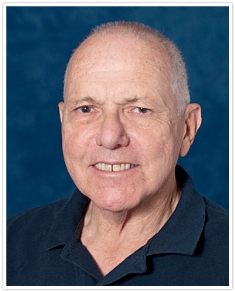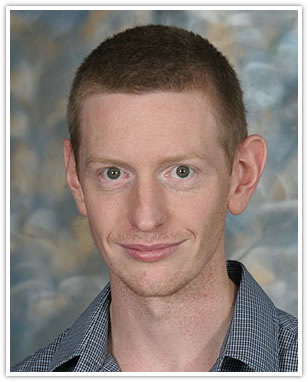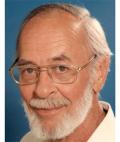Ali Bramson receives NSF GRFP
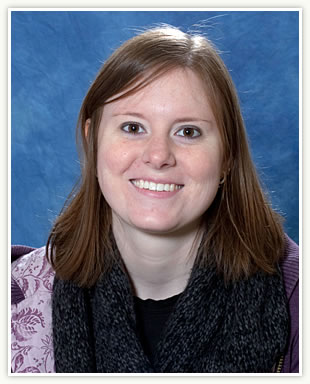 Congratulations, Ali Bramson! Ali has been named the recipient of a NSF Graduate Research Fellowship, which comes with three years of funding and tuition support.
Congratulations, Ali Bramson! Ali has been named the recipient of a NSF Graduate Research Fellowship, which comes with three years of funding and tuition support.
Ali is a first-year student working with Shane Byrne. She is a graduate of the University of Wisconsin (B.S. in Physics and Astronomy).


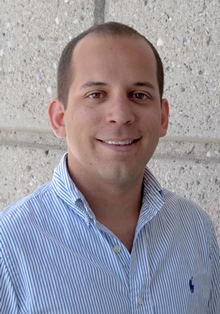 PTYS graduate student Patricio Becerra is the recipient of the Outstanding Graduate Teaching Assistant Award for Fall 2012. Patricio earned the award for his work as a GTA for
PTYS graduate student Patricio Becerra is the recipient of the Outstanding Graduate Teaching Assistant Award for Fall 2012. Patricio earned the award for his work as a GTA for  Professor Peter Smith has announced his retirement from The University of Arizona and LPL. Peter began his career at LPL in 1978 as a research assistant/postdoc; he was named Professor in 2009. Peter's career is rich with highlights and milestones, including:
Professor Peter Smith has announced his retirement from The University of Arizona and LPL. Peter began his career at LPL in 1978 as a research assistant/postdoc; he was named Professor in 2009. Peter's career is rich with highlights and milestones, including: